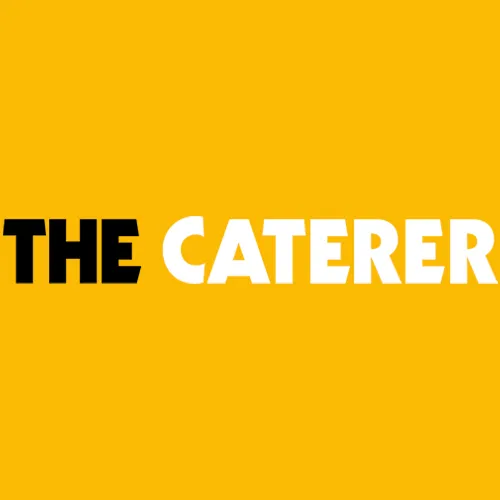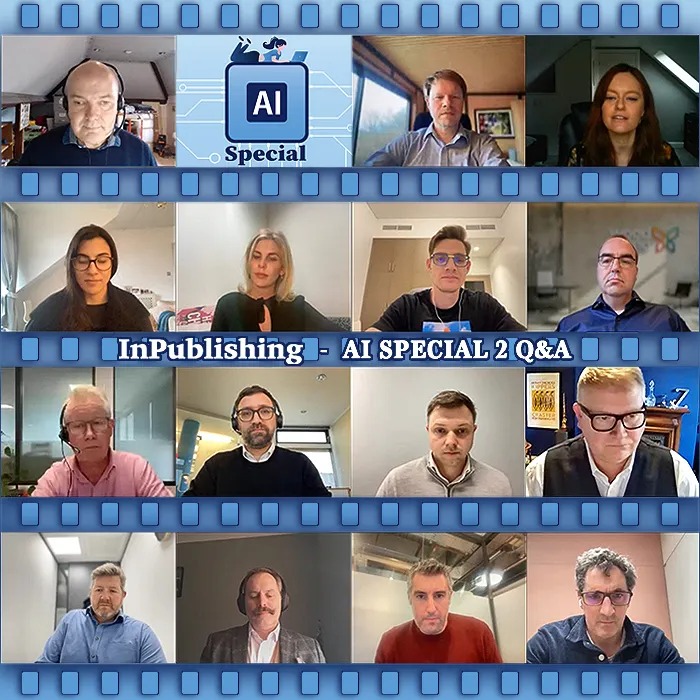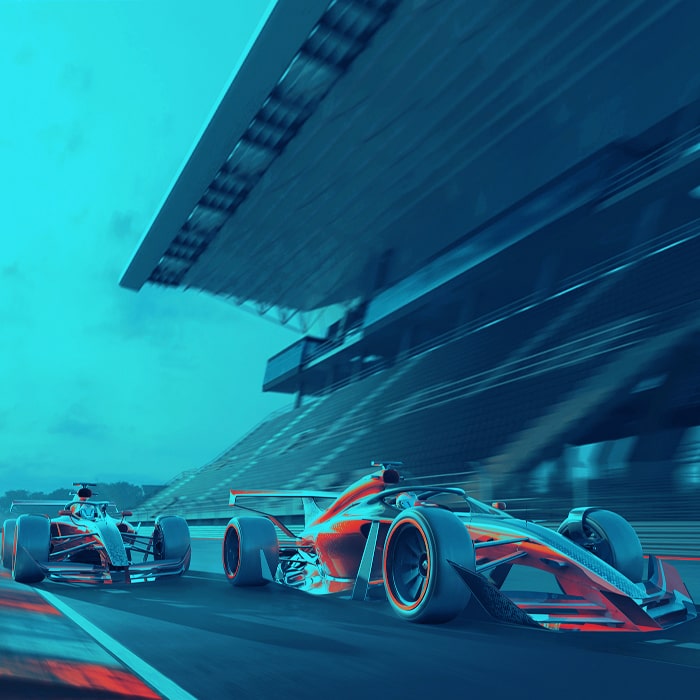Modernising Media Publishing Production Workflow

Most Media / Publishing companies are having to deal with the challenges of the growth of digital media while traditional publishing and print media are still largely on the wane. It used to be that there was only one format and paradigm to deal with, and the whole production cycle consisted of entirely flat files - from a word-processor document onto layout plan / typesetting trace, then onto QuarkXPress / InDesign, film, plates and finally print press output.
When I started my advertising career in 1994 I was luck to catch the tail end of letraset-trace typography and the old school way of slicing and splicing elements directly on the film. In the intervening period, we dealt with clunky and underpowered storage mediums, extremely flakey ISDN protocols and all manner of weird challenges and handicaps.
The most disturbing thing for me was the tight deadlines, and the inability to quickly and easily make changes beyond a certain point in the process. There is not a single print product out there which does not have some sort of glitch in it if you look close enough - a typo, odd spacing or weird widow-control and text flow, as well as any manner of defects which can creep into the actual final print - dust specs on the print plates, issues with offset and ink coverage. I was largely very lucky throughout this period, but there is so much than can and usually does go wrong.
By contrast, digital is wonderfully fluid, easy to edit and change and amend at any stage. Sure you can still commit clangers, but they are usually much more easily remedied than the print equivalent.
In terms of pure editorial work - writing and handling copy and picture desk - the digital process is a lot less different than most editorial staff are willing to admit. Many a time have I encountered resistance from editorial teams to adapt to the new paradigm and just very slightly adjust their manner of writing.
The essential difference of Web / Digital -based copy is that it is shorter and pithier than the long form traditional editorial prose. Also, the tone needs to be more conversational and opinion=based - with a view to generating additional dialogs - comments and interactions, as well as motivating readers into sharing complementary or contrary viewpoints on social media.
It is a skill that comes slightly easier to tabloid=style writers, as they are already programmed in sensationalism and punny clickbaiting-style headlines. You don’t need to change your vocabulary though or loose your class, you can just slightly shift the emphasis of your editorial tone of voice, while still maintaining the same essential quality and positional stance.
So here are the challenges that need to be faced and overcome
Print vs Digital
- The most legible print uses serif type fonts, for digital / online it is actually san serif fonts that are easier to read - so your digital product should look quite different to its print equivalent
- Traditional print layouts are not particularly usable on digital devices which benefit more from a linear flowing newsfeed format vs structured patchwork columns
- Print also lends itself better to more long-form pieces, while digital news and magazine access is almost entirely shortform
- Both formats rely on the inverted pyramid methodology in front-loading key information at the top of the articles
- With print you can get away with having images only on some articles, as several share the same larger real estate - and benefit from the combined texture of what is on the page - for digital you ideally need thumbnails and detail images for all articles - as they can be accessed wholly individually
- Articles in print tend to sit within a larger category context, while articles on digital often appear alone. The newish Times website for me is a fail, as it tries to make use of newspaper category layouts with serif fonts = which have proven unsuccessful in dozens of user and consumer tests - I don’t like it at all, and rarely use it nowadays
- For picture content also, you use CMYK format JPGs in print, but RGB format JPGs for digital - quite different file types really, and usually of significantly different resolution
Flat vs Dynamic
- Traditional print content is entirely flat and undynamic which is the total opposite of digital content - which exists with numerous attributes and tags - such as author, date, category, access control, etc.
- It’s the easiest thing in the world to strip out flat content from dynamic originals, the reverse process is not at all possible
- Flat content, as discussed before tends to be very layout-oriented, and sits within a specifc point on a larger layout plan, while dynaic content can sit in several different categories and be accessed via a myriad of different layouts / pages / screens, even be incorporated in email newsletters
Chicken vs Egg
- For most publishers and media companies, they are persisting with the older print-centric production cycle, which usually means a significant and unnecessary amount of duplicated effort
- In most instances print content is largely being entered and processed first, and digital content then evolved out from the flat files
- As explained previously, you can very easily go from dynamic to flat format, but the reverse is impossible, yet for most companies this is how they prioritise their workflow - which is quite evidently more time-consuming and more costly
Digital first approach
For us ’Digital First’ the only way that genuinely makes sense - in terms of entering the content first in to a dynamic database system - where you can export the raw text for pasting directly into QuarkXPress or InDesign - i.e. works efficiently for both intended purposes. In doing this, you have one place where you store your content, and it’s all tagged up and filed in the most indexable and easily retreivable solution.
It is most likely that there will be at least 3 versions of the text - all possibly with slightly different headlines and teasers, as well as different intros / standfirsts / riders / kickers; as follows:
- Raw Article - The unabridged original
- Print Article - Edited down article to fit its intended layout slot - full page / half page / quarter page etc.
- Digital Article - A Further edited down shortform piece with more conversational titles
Solutions like Affino are built entirely around digital content and digital formats in terms of content publishing. They don’t necessarily cater for the variation in file formats, like supporting print-based JPGs. The system requirement would need to be able to store various derivations of the Raw text - variously as Print or Digital variants, as well as be able to tag this against relevant media - picture, video and otherwise.
There are a couple of ways to deal with referencing different media file formats - i.e. print format vs digital format, and in particular article images. Affino can reference external Media Library resources, so even though those files aren’t stored in Affino, the relevant image reference can be tagged on the article too. Alternatively, you can just rely on a clever naming convention of those files - via some form of multi-stem codewords which relate to specific image categories or even specific images.
As of yet there has not been sufficient momentum in demand to specify and deliver quite such a solution yet, but this is how I could see it working in Affino.
Regardless of which approach you take, you will still need highly qualified and disciplined editors to lay down the proper guidelines for exactly how content should be written, arranged and referenced. If the guidelines are clear, one person can draft each of the different article types, while larger companies can make use of different personnel or even different teams ...

Did you find this content useful?
Thank you for your input
Thank you for your feedback
Upcoming and Former Events
Affino Innovation Briefing 2024
Webinar - Introduction to Affino's Expert AI Solutions - Session #2
Webinar - Introduction to Affino's Expert AI Solutions - Session #1
PPA Independent Publisher Conference and Awards 2023
Driving business at some of the world's most forward thinking companies
Meetings:
Google Meet and Zoom
Venue:
Soho House, Soho Works +
Registered Office:
55 Bathurst Mews
London, UK
W2 2SB
© Affino 2025




















